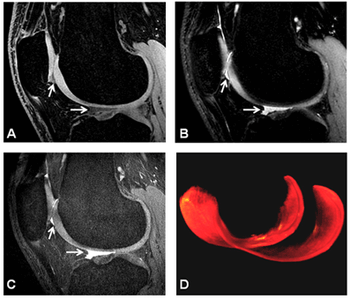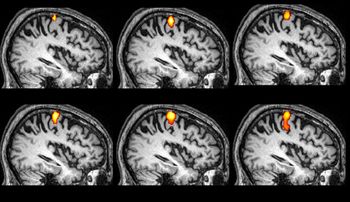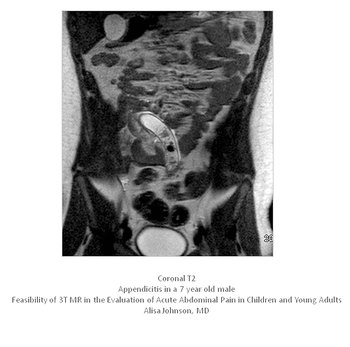
Despite encouraging earlier results, the much-awaited follow-up phase III DIAS-2 trial did not show any improvement in clinical response at 90 days for ischemic stroke patients who were given either of two doses of desmoteplase up to nine hours after the onset of symptoms of stroke compared with those who were given placebo.


























